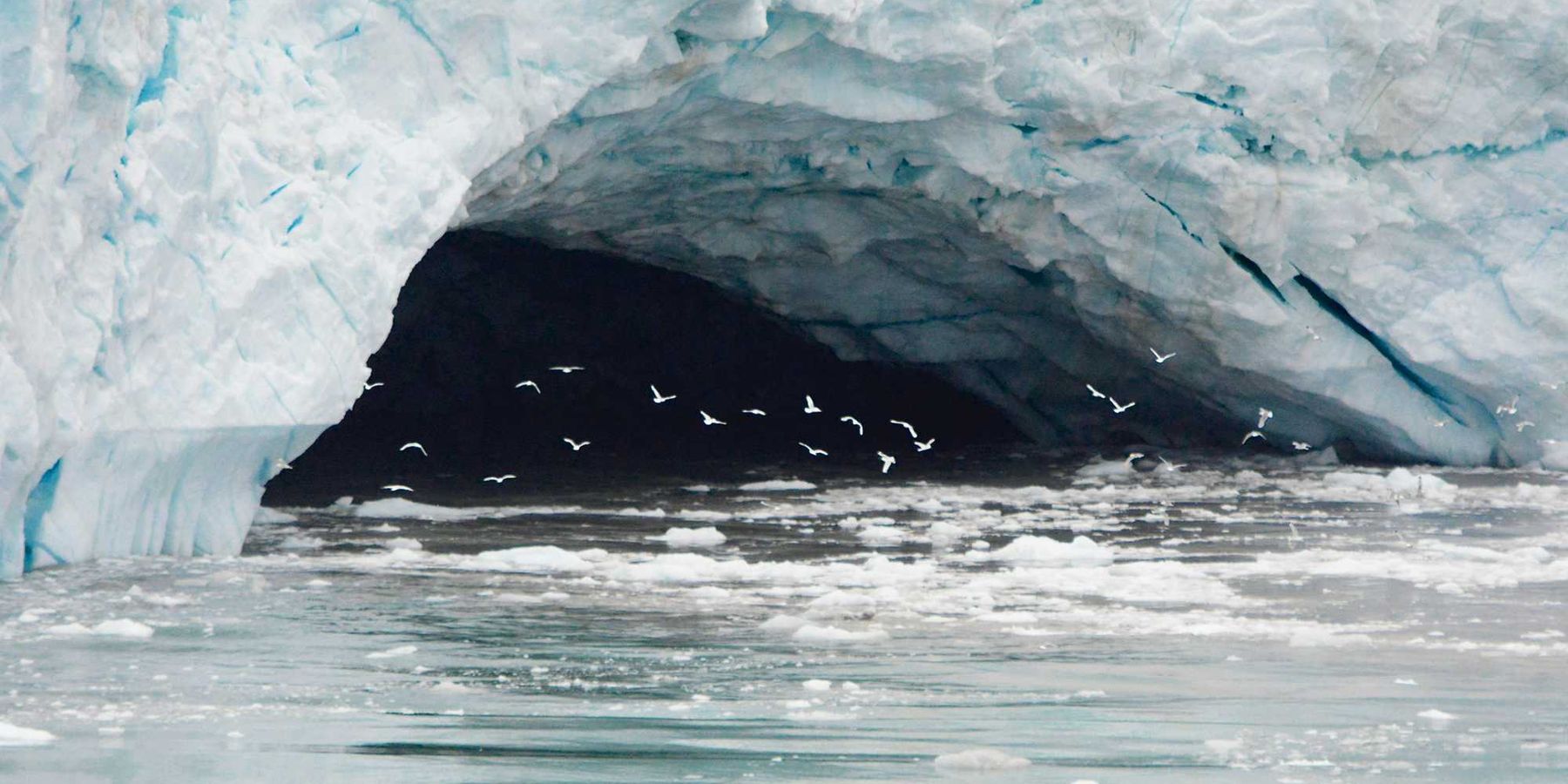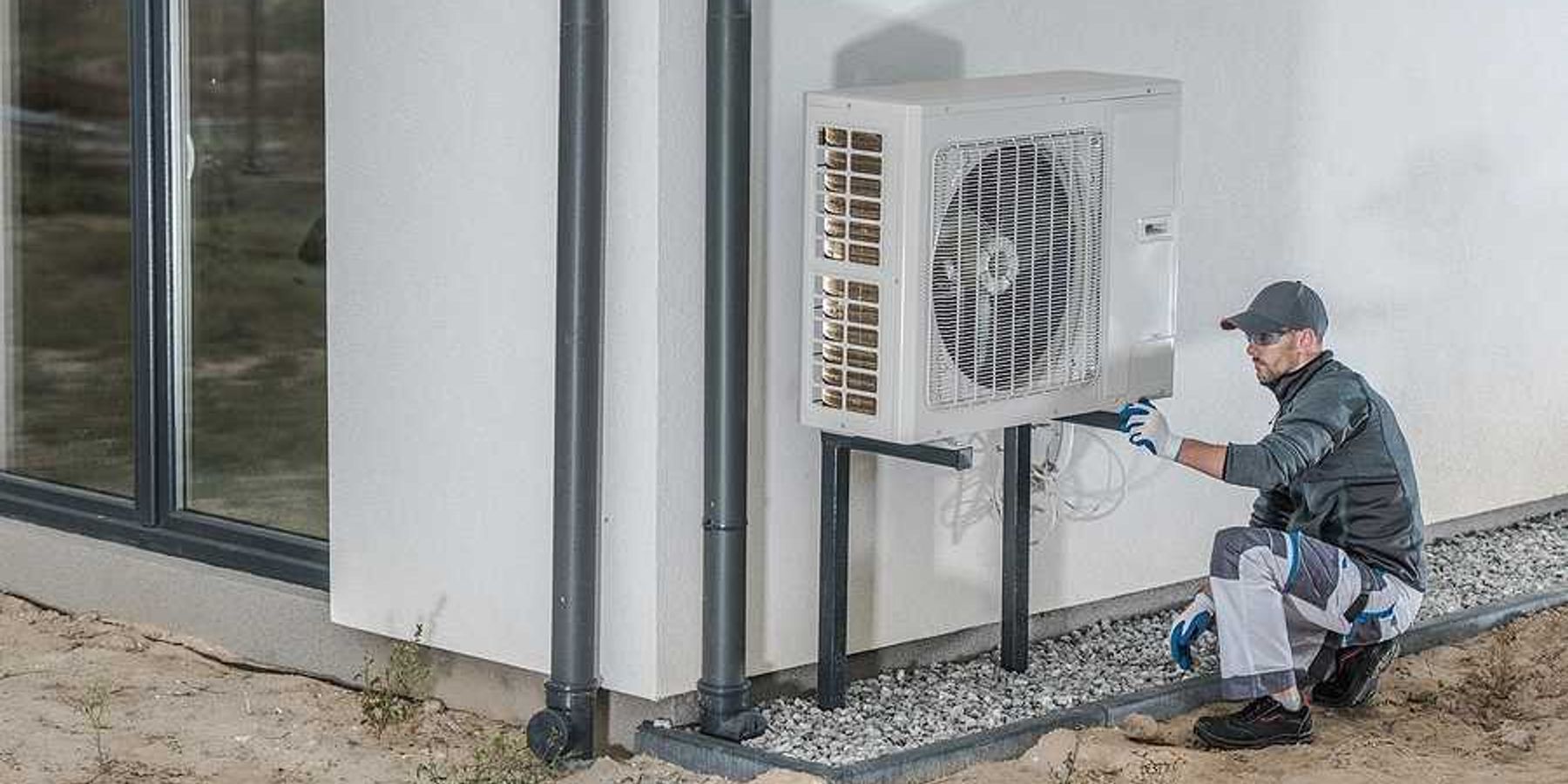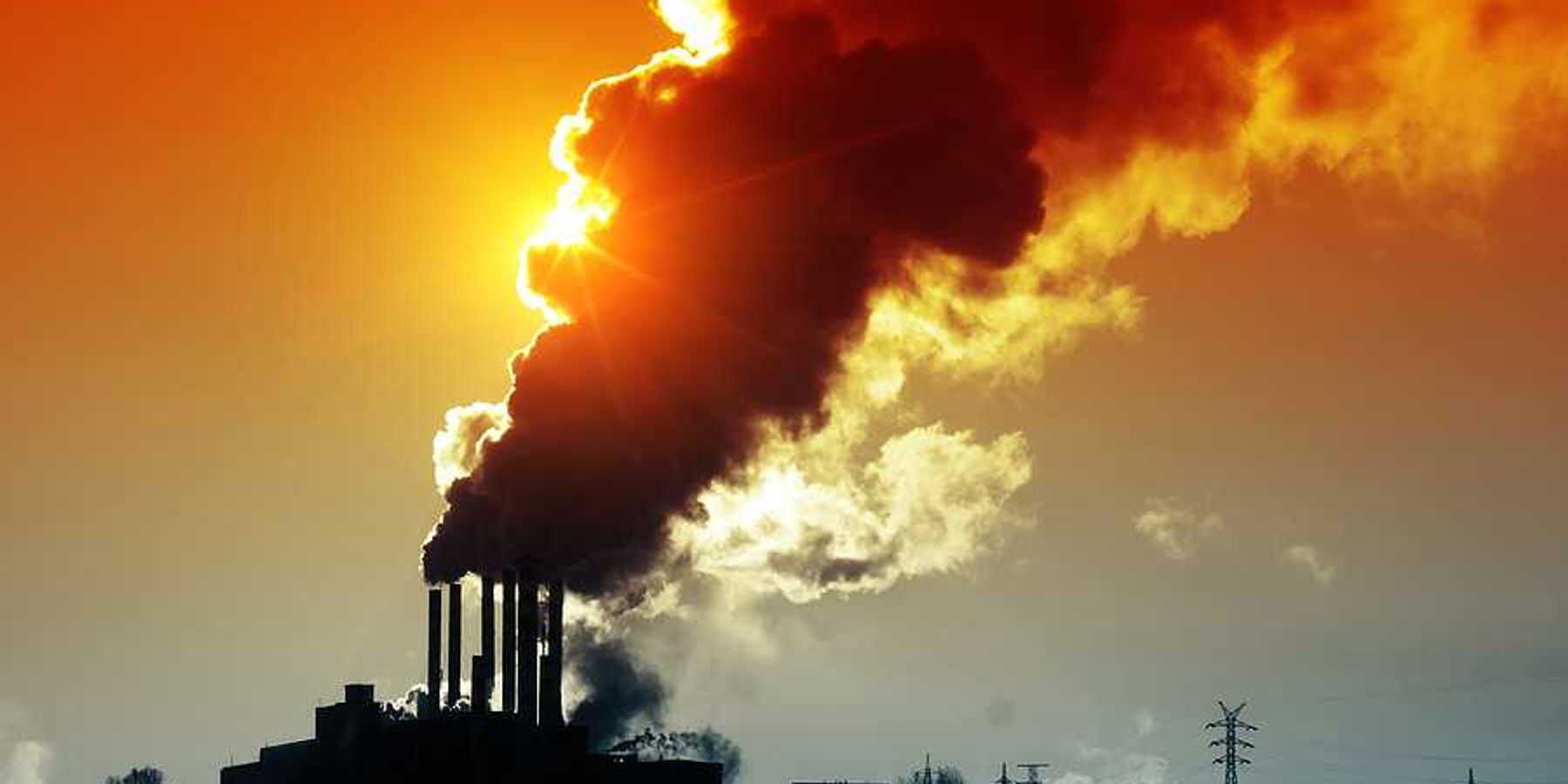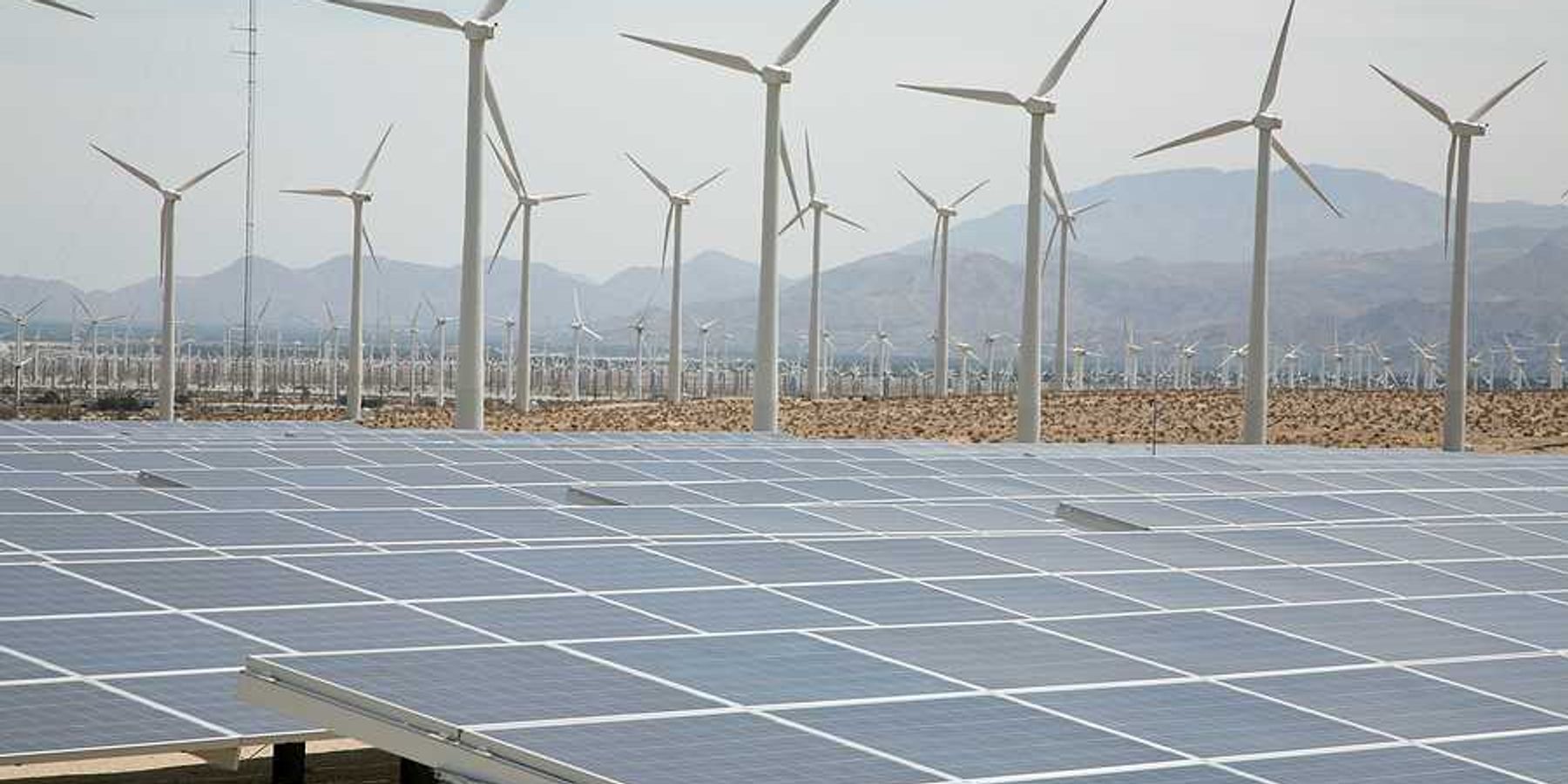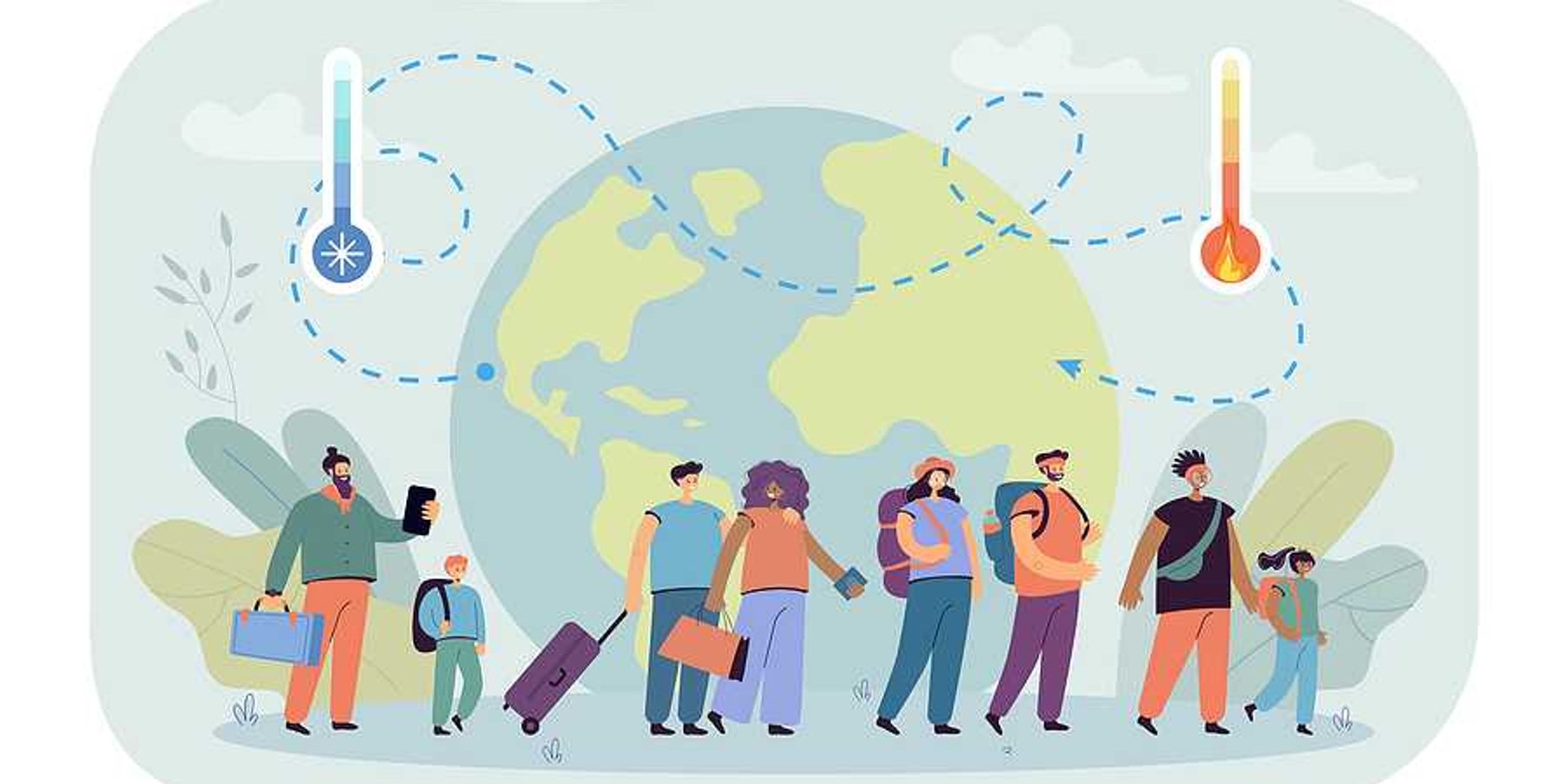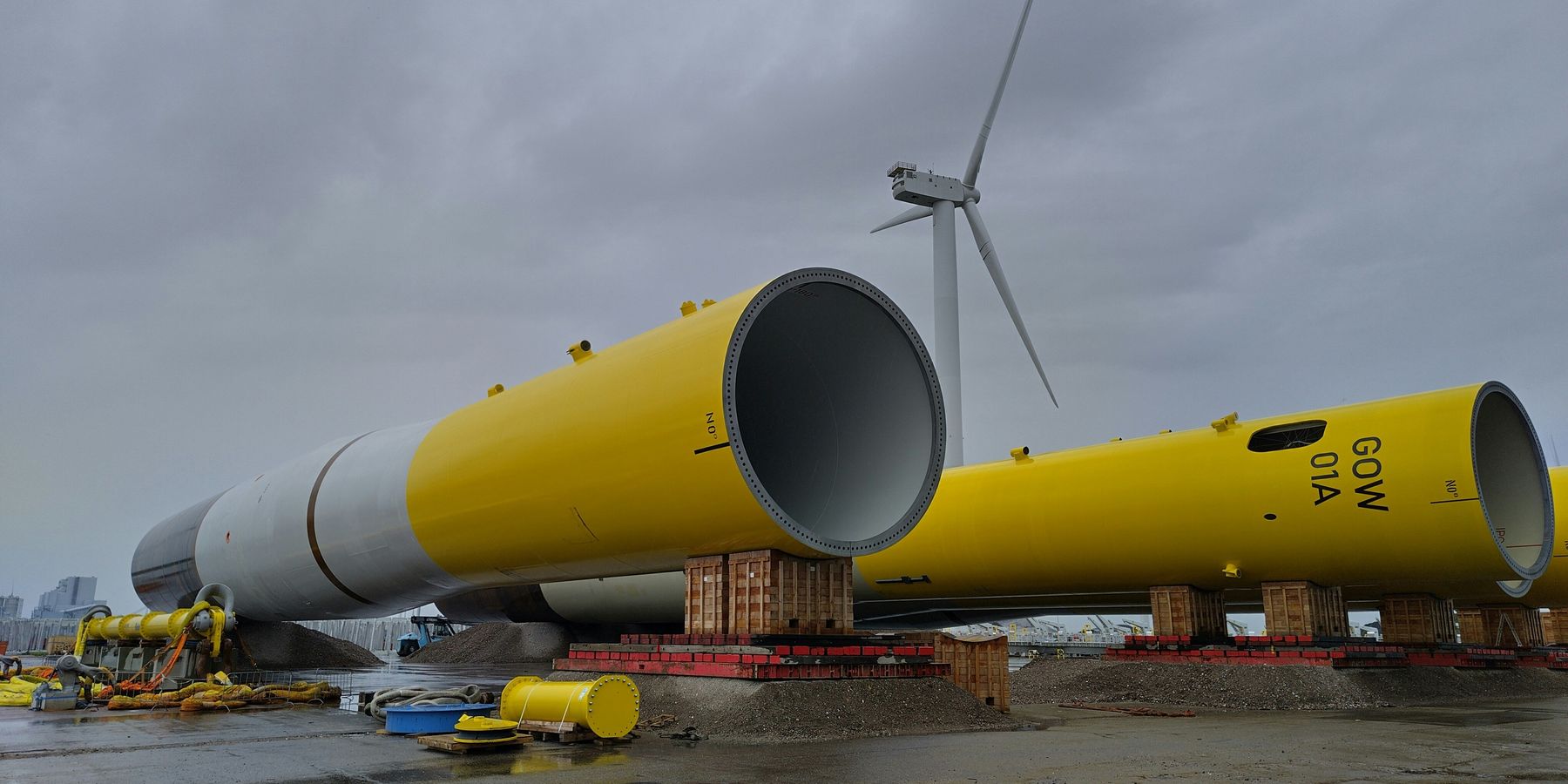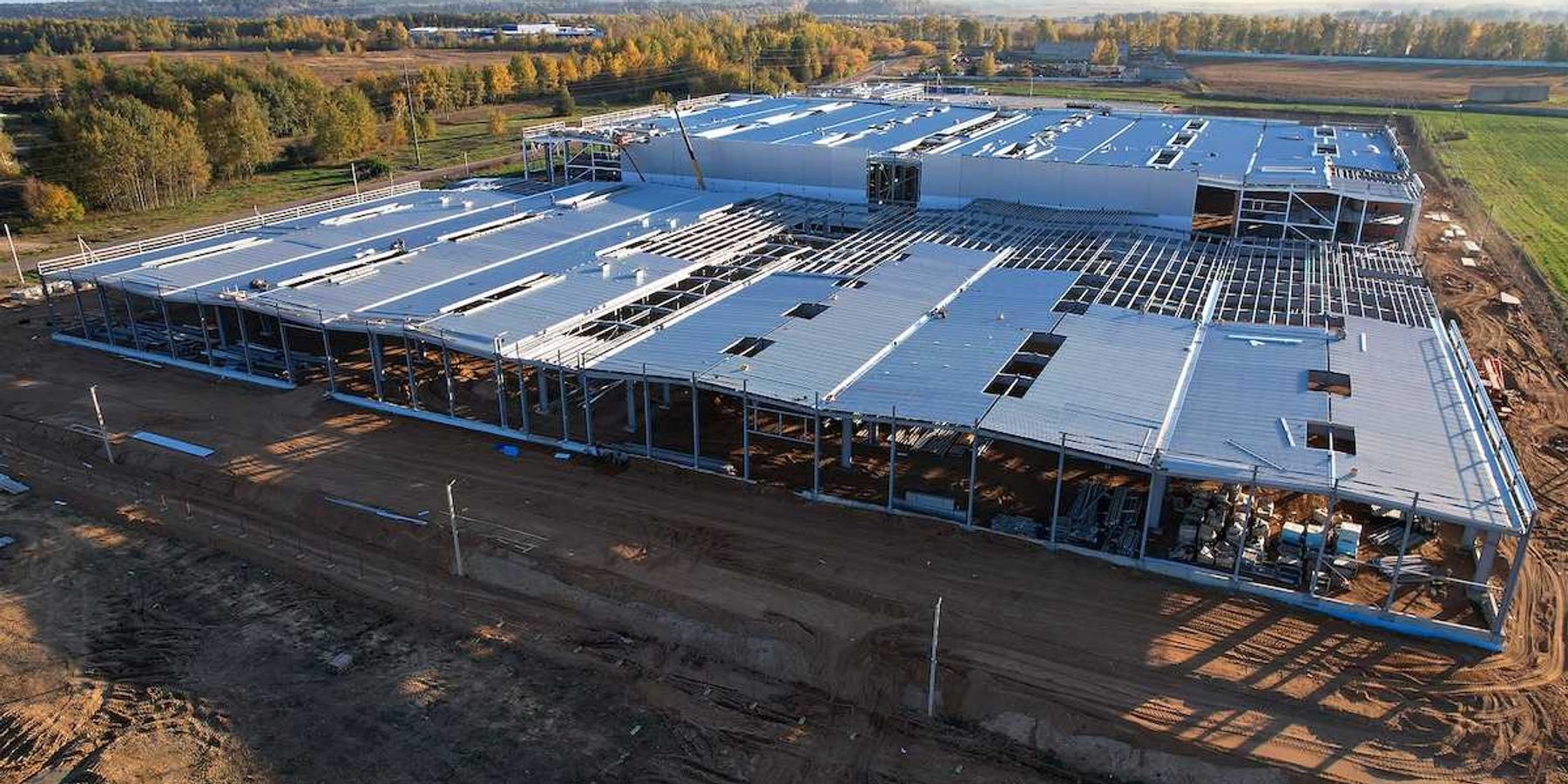Solar and wind helped clean energy supply 40% of the world’s electricity in 2024
Clean energy sources provided more than 40% of global electricity in 2024, driven by a record surge in solar power that has more than doubled in capacity in just three years.
Jillian Ambrose reports for The Guardian.
In short:
- Solar power accounted for nearly 7% of global electricity last year, while wind contributed just over 8%, both still trailing hydropower’s 14% share.
- A report by Ember found clean energy is now growing faster than global electricity demand, signaling a potential shift away from fossil fuels.
- Despite gains, emissions from the power sector rose 1.6% to a record high in 2024, fueled by heatwaves and increased demand for cooling and digital infrastructure.
Key quote:
“Solar power has become the engine of the global energy transition. Paired with battery storage, solar is set to be an unstoppable force.”
— Phil MacDonald, managing director of the Ember energy thinktank
Why this matters:
Power generation is the single largest source of greenhouse gas emissions globally, and while clean energy technologies like wind and solar are making record gains, they’re still not outpacing demand. Emerging forces — from energy-hungry artificial intelligence systems to the rising number of electric vehicles and widespread air-conditioning during record-breaking heat — are stretching grids and escalating the need for more electricity. Yet much of that demand is still being met by fossil fuels. The paradox is stark: Clean power is growing faster than ever, but so is overall energy consumption.
Learn more: Solar power surge drives global growth in clean energy, but targets remain out of reach

